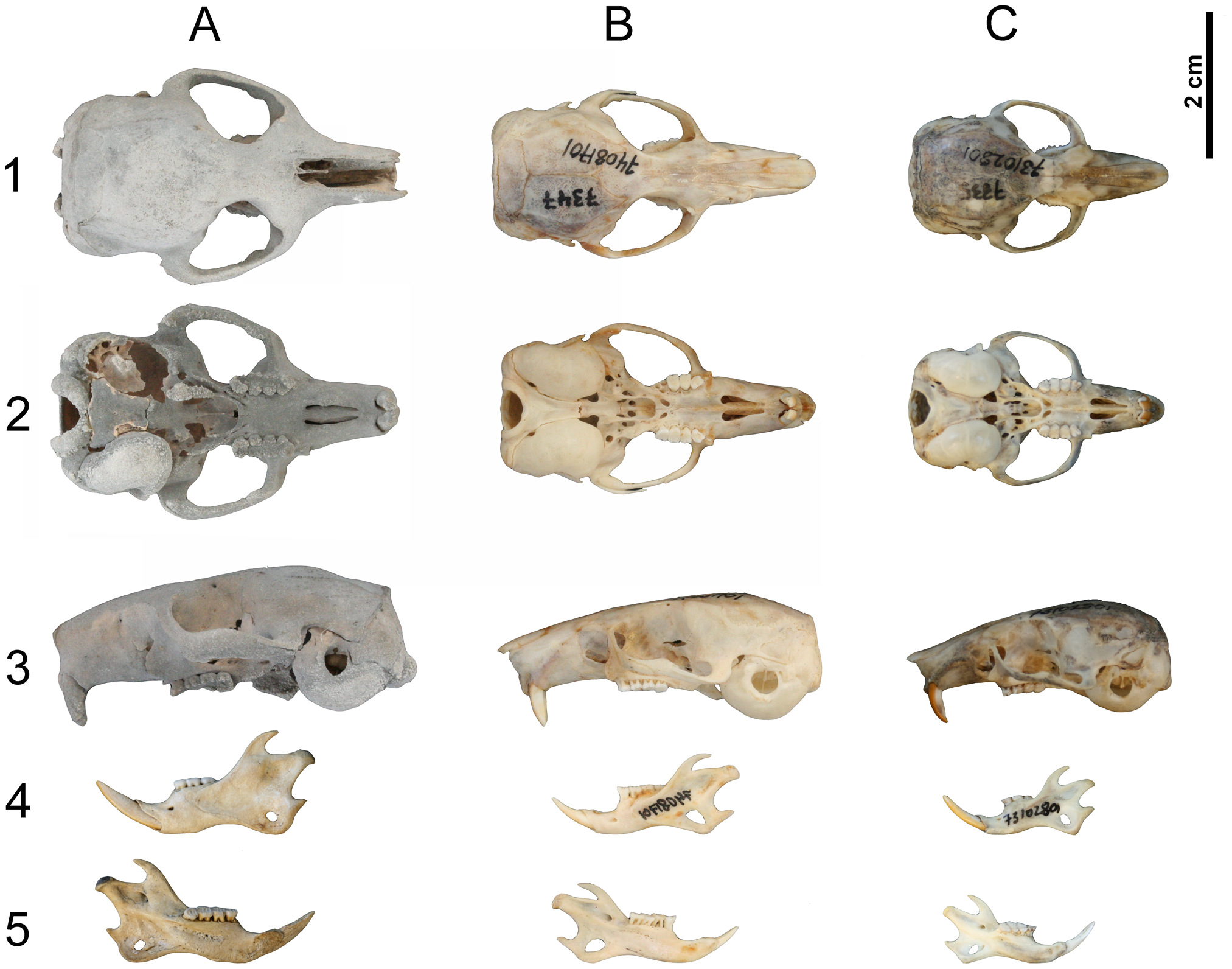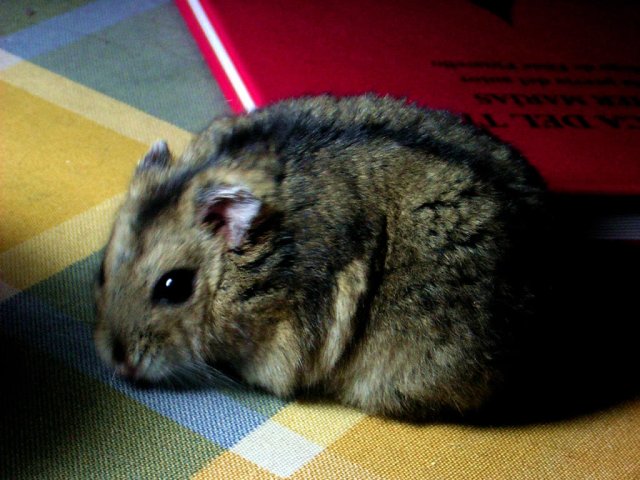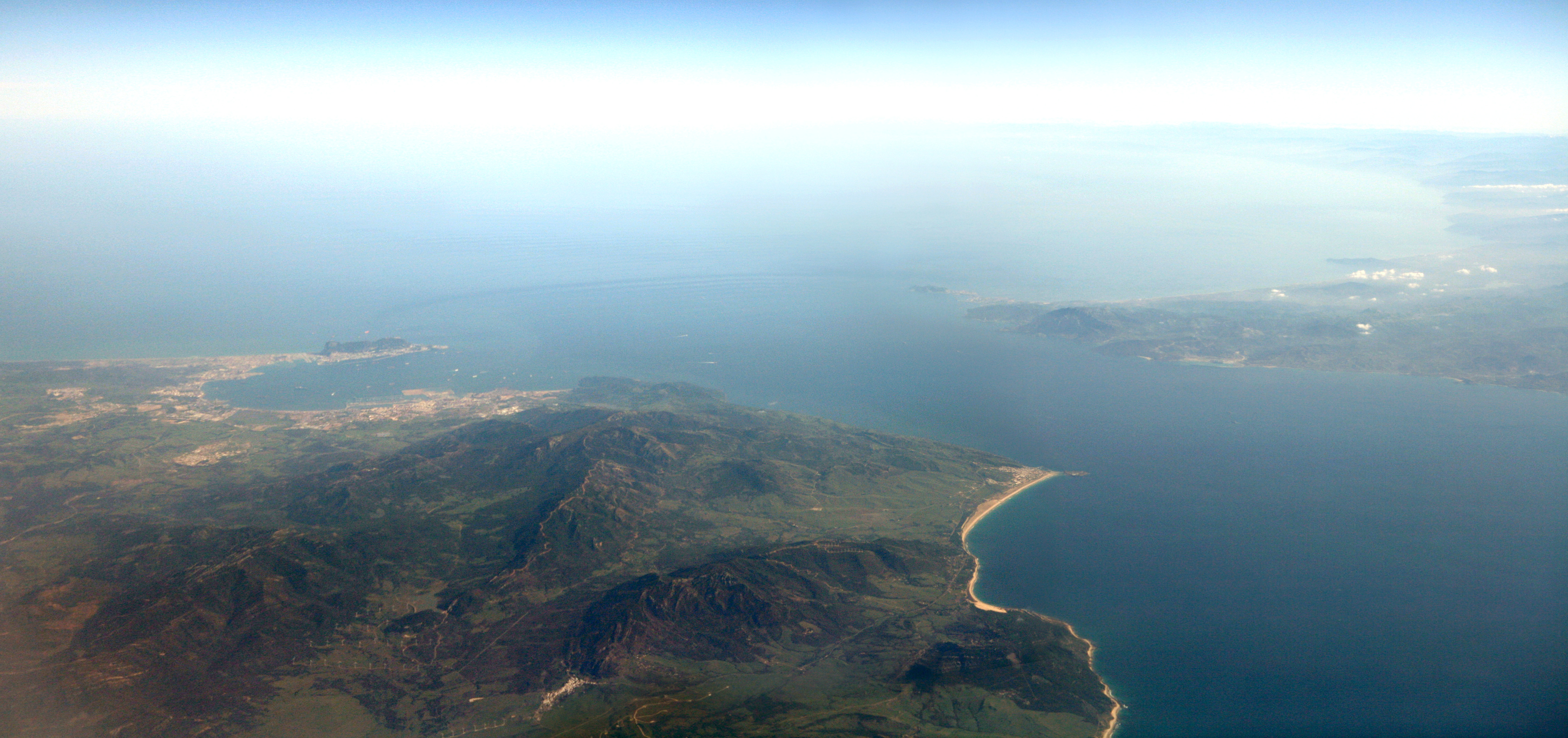|
Minorcan Giant Dormouse
''Hypnomys'', otherwise known as Balearic giant dormice, is an extinct genus of dormouse (Gliridae) in the subfamily Leithiinae. Its species are considered examples of insular gigantism. They were endemic to the Balearic Islands in the western Mediterranean from the Early Pliocene until their extinction around 4,000 years ago. They first appeared in the fossil record on Mallorca during the Early Pliocene, presumably due to the Messinian salinity crisis causing a connection with mainland Europe. They later spread to Menorca, and a possible molar is also known from Ibiza. ''Hypnomys'' became extinct during the Holocene after human arrival on the Balearics. They were one of only three native land mammals to the islands at the time of human arrival, alongside the shrew ''Nesiotites'' and goat-antelope ''Myotragus''. History of discovery The first remains of ''Hypnomys'' were discovered in 1910 on the island of Mallorca in the Balearic Islands by British palaeontologist Dorothea Bate ... [...More Info...] [...Related Items...] OR: [Wikipedia] [Google] [Baidu] |
Dorothea Bate
Dorothea Minola Alice Bate FGS (8 November 1878 – 13 January 1951), also known as Dorothy Bate, was a Welsh palaeontologist and pioneer of archaeozoology. Her life's work was to find fossils of recently extinct mammals with a view to understanding how and why giant and dwarf forms evolved. Early and family life Born at Napier House, Carmarthen, Carmarthenshire, Bate was the daughter of Police Superintendent Henry Reginald Bate (born in Co. Wexford, Ireland) and his wife Elizabeth Fraser Whitehill. She had an older sister and a younger brother.Bate, Dorothea Minola Alice (1878–1951), palaeontologist by Karolyn Shindler in |
Dryomys
''Dryomys'' is a genus of dormouse. Collectively the members of the genus are referred to as forest dormice, although the type species also goes by the common name forest dormouse. Species The species within the genus ''Dryomys'' are: *''Dryomys laniger'' – woolly dormouse *''Dryomys niethammeri'' – Balochistan forest dormouse *''Dryomys nitedula The forest dormouse (''Dryomys nitedula'') is a species of rodent in the family Gliridae found in eastern Europe, the Balkans and parts of western Central Asia. It is categorized as being of least concern in the ''IUCN List of Threatened Specie ...'' – forest dormouse References {{Taxonbar, from=Q910126 Rodent genera Taxa named by Oldfield Thomas Dormice ... [...More Info...] [...Related Items...] OR: [Wikipedia] [Google] [Baidu] |
Muridae
The Muridae, or murids, are the largest family of rodents and of mammals, containing approximately 1,383 species, including many species of mice, rats, and gerbils found naturally throughout Eurasia, Africa, and Australia. The name Muridae comes from the Latin ' (genitive '), meaning "mouse", since all true mice belong to the family, with the more typical mice belonging to the genus '' Mus''. Distribution and habitat Murids are found nearly everywhere in the world, though many subfamilies have narrower ranges. Murids are not found in Antarctica or many oceanic islands. Although none of them are native to the Americas, a few species, notably the house mouse and black rat, have been introduced worldwide. Murids occupy a broad range of ecosystems from tropical forests to tundras. Fossorial, arboreal, and semiaquatic murid species occur, though most are terrestrial animals. The extensive list of niches filled by murids helps to explain their relative abundance. Diet and dentiti ... [...More Info...] [...Related Items...] OR: [Wikipedia] [Google] [Baidu] |
Hamster
Hamsters are rodents (order Rodentia) belonging to the subfamily Cricetinae, which contains 19 species classified in seven genera.Fox, Sue. 2006. ''Hamsters''. T.F.H. Publications Inc. They have become established as popular small pets. The best-known species of hamster is the golden or Syrian hamster (''Mesocricetus auratus''), which is the type most commonly kept as pets. Other hamster species commonly kept as pets are the three species of dwarf hamster, Campbell's dwarf hamster (''Phodopus campbelli''), the winter white dwarf hamster (''Phodopus sungorus'') and the Roborovski hamster (''Phodopus roborovskii''). Hamsters are more crepuscular than nocturnal and, in the wild, remain underground during the day to avoid being caught by predators. They feed primarily on seeds, fruits, and vegetation, and will occasionally eat burrowing insects. Physically, they are stout-bodied with distinguishing features that include elongated cheek pouches extending to their shoulders, which ... [...More Info...] [...Related Items...] OR: [Wikipedia] [Google] [Baidu] |
Pliocene
The Pliocene ( ; also Pleiocene) is the epoch in the geologic time scale that extends from 5.333 million to 2.58See the 2014 version of the ICS geologic time scale million years ago. It is the second and most recent epoch of the Neogene Period in the . The Pliocene follows the Epoch and is followed by the Epoch. Prior to the 2009 ... [...More Info...] [...Related Items...] OR: [Wikipedia] [Google] [Baidu] |
Biological Dispersal
Biological dispersal refers to both the movement of individuals (animals, plants, fungi, bacteria, etc.) from their birth site to their breeding site ('natal dispersal'), as well as the movement from one breeding site to another ('breeding dispersal'). Dispersal is also used to describe the movement of propagules such as seeds and spores. Technically, dispersal is defined as any movement that has the potential to lead to gene flow. The act of dispersal involves three phases: departure, transfer, settlement and there are different fitness costs and benefits associated with each of these phases. Through simply moving from one habitat patch to another, the dispersal of an individual has consequences not only for individual fitness, but also for population dynamics, population genetics, and species distribution. Understanding dispersal and the consequences both for evolutionary strategies at a species level, and for processes at an ecosystem level, requires understanding on th ... [...More Info...] [...Related Items...] OR: [Wikipedia] [Google] [Baidu] |
Continental Shelf
A continental shelf is a portion of a continent that is submerged under an area of relatively shallow water, known as a shelf sea. Much of these shelves were exposed by drops in sea level during glacial periods. The shelf surrounding an island is known as an ''insular shelf''. The continental margin, between the continental shelf and the abyssal plain, comprises a steep continental slope, surrounded by the flatter continental rise, in which sediment from the continent above cascades down the slope and accumulates as a pile of sediment at the base of the slope. Extending as far as 500 km (310 mi) from the slope, it consists of thick sediments deposited by turbidity currents from the shelf and slope. The continental rise's gradient is intermediate between the gradients of the slope and the shelf. Under the United Nations Convention on the Law of the Sea, the name continental shelf was given a legal definition as the stretch of the seabed adjacent to the shores of a par ... [...More Info...] [...Related Items...] OR: [Wikipedia] [Google] [Baidu] |
Marine Regression
A marine regression is a geological process occurring when areas of submerged seafloor are exposed above the sea level. The opposite event, marine transgression, occurs when flooding from the sea covers previously-exposed land. Evidence of marine regressions and transgressions occurs throughout the fossil record, and the fluctuations are thought to have caused or contributed to several mass extinctions, such as the Permian-Triassic extinction event (250 million years ago) and Cretaceous–Paleogene extinction event (66 Ma). During the Permian-Triassic extinction, the largest extinction event in the Earth's history, the global sea level fell 250 m (820 ft). A major regression could itself cause marine organisms in shallow seas to go extinct, but mass extinctions tend to involve both terrestrial and aquatic species, and it is harder to see how a marine regression could cause widespread extinctions of land animals. Regressions are, therefore, seen as correlates or symptoms of major ... [...More Info...] [...Related Items...] OR: [Wikipedia] [Google] [Baidu] |
Strait Of Gibraltar
The Strait of Gibraltar ( ar, مضيق جبل طارق, Maḍīq Jabal Ṭāriq; es, Estrecho de Gibraltar, Archaic: Pillars of Hercules), also known as the Straits of Gibraltar, is a narrow strait that connects the Atlantic Ocean to the Mediterranean Sea and separates the Iberian Peninsula in Europe from Morocco in Africa. The two continents are separated by of ocean at the Strait's narrowest point between Point Marroquí in Spain and Point Cires in Morocco. Ferries cross between the two continents every day in as little as 35 minutes. The Strait's depth ranges between which possibly interacted with the lower mean sea level of the last major glaciation 20,000 years ago when the level of the sea is believed to have been lower by . The strait lies in the territorial waters of Morocco, Spain, and the British overseas territory of Gibraltar. Under the United Nations Convention on the Law of the Sea, foreign vessels and aircraft have the freedom of navigation and overflight t ... [...More Info...] [...Related Items...] OR: [Wikipedia] [Google] [Baidu] |
Messinian Salinity Crisis
The Messinian salinity crisis (MSC), also referred to as the Messinian event, and in its latest stage as the Lago Mare event, was a geological event during which the Mediterranean Sea went into a cycle of partial or nearly complete desiccation (drying-up) throughout the latter part of the Messinian age of the Miocene epoch, from 5.96 to 5.33 Ma (million years ago). It ended with the Zanclean flood, when the Atlantic reclaimed the basin. Sediment samples from below the deep seafloor of the Mediterranean Sea, which include evaporite minerals, soils, and fossil plants, show that the precursor of the Strait of Gibraltar closed tight about 5.96 million years ago, sealing the Mediterranean off from the Atlantic. This resulted in a period of partial desiccation of the Mediterranean Sea, the first of several such periods during the late Miocene. After the strait closed for the last time around 5.6 Ma, the region's generally dry climate at the time dried the Mediterranean basin out near ... [...More Info...] [...Related Items...] OR: [Wikipedia] [Google] [Baidu] |







